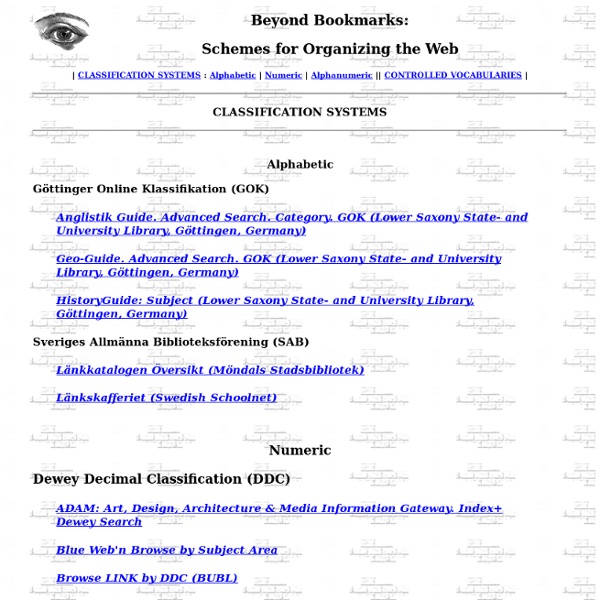



Firewall Builder | Quick Start Guide This short guide provides the basic information new users need to save time when first learning to use the Firewall Builder application. The complete Firewall Builder Users Guide can be found here. Key Concepts Objects. Firewall Builder is based on the concept of objects. GUI Layout The Firewall Builder application is comprised of three primary panels shown in the screenshot below. Object Panel. Panels open dynamically based on what activity the user is performing. Creating a New Firewall To create a new firewall object, click on the Create New Firewall shortcut in the center of the screen. Platform. Hint: You can also create a new firewall by clicking on the New Object icon at the top of the Object Panel and selecting New Firewall. Configuring Rules Before you can use an object in a firewall rule it must first exist in an object Library. The diagram below shows the location of buttons for many common actions. Create New Objects. Compiling and Installing Rules Deployment is done in 2 steps:
User's Guide to the Internet A User’s Guide to the Internet was compiled by Vivian Hutchison, an ALIC student library technician from the College of Information Science at the University of Maryland. History of the Internet History of Weblogs This article from Wired discusses the history of blogs and the outlook for the future. Hobbes’ Internet Timeline A history of the Internet through a timeline design and various links to further information. Internet Archive Archives web pages back to 1996 and includes special collections dating back to 1903. The Evolution and Revolution of Search Engines This site discusses the evolution of search engines. Top of Page Internet Tutorials Bare Bones 101: A Basic Tutorial on Searching the Web University of South Carolina The information contained in this site is designed to get users started in the right direction with a minimum amount of time and effort. Choose the Best Search for Your Information Need Finding Information on the Internet: A Tutorial Internet 101: Beginner’s Handbook Melissa S.
PORTKNOCKING - A system for stealthy authentication across closed ports. : ABOUT : summary